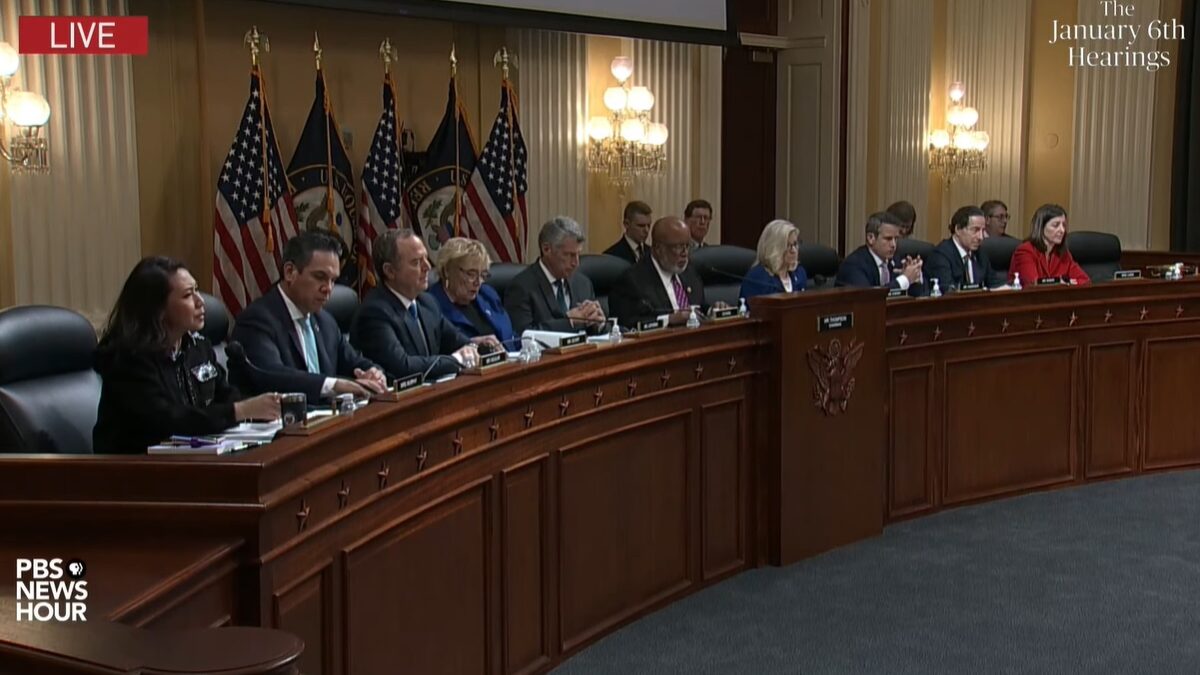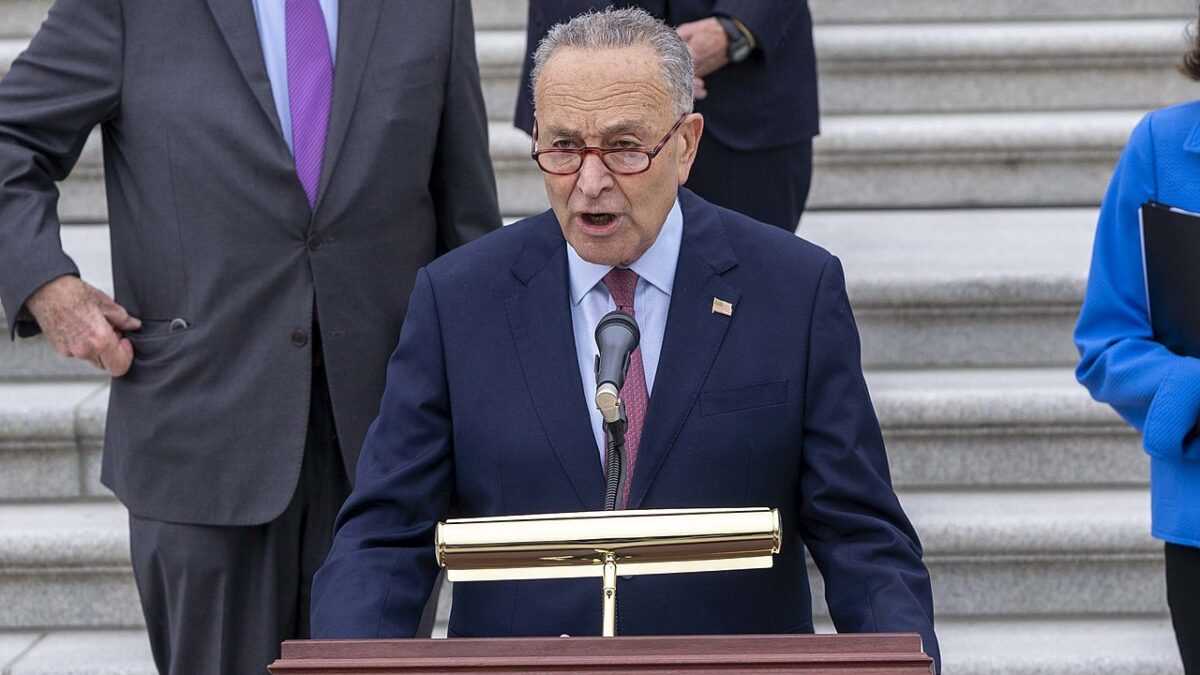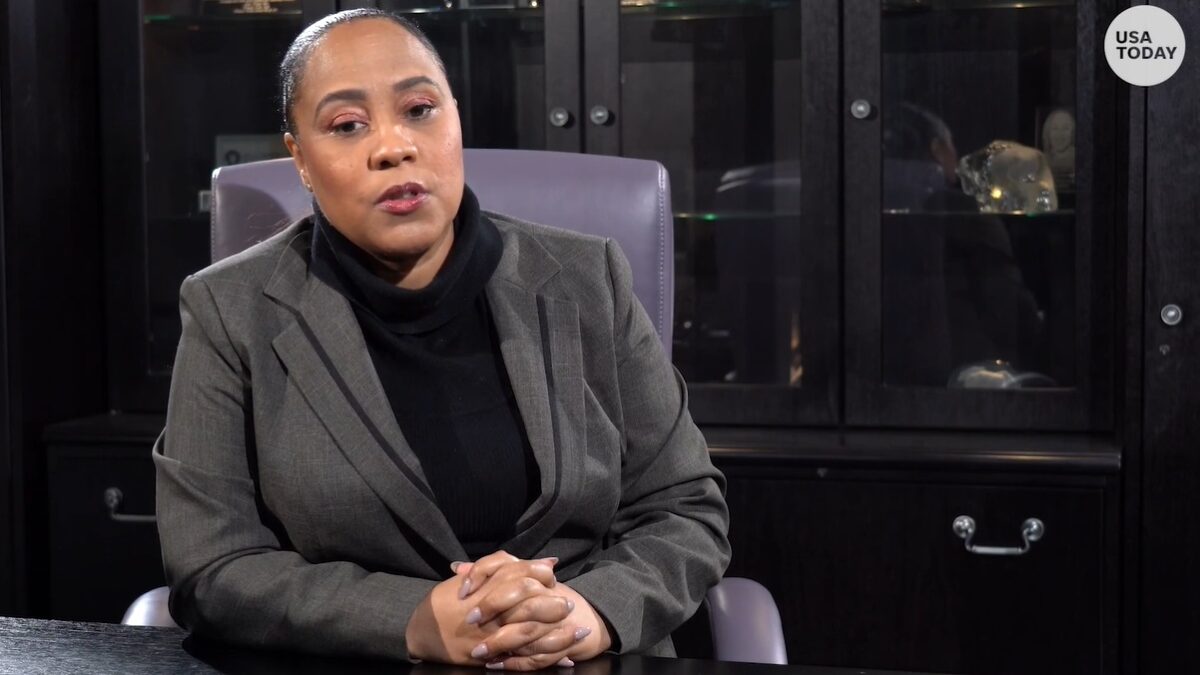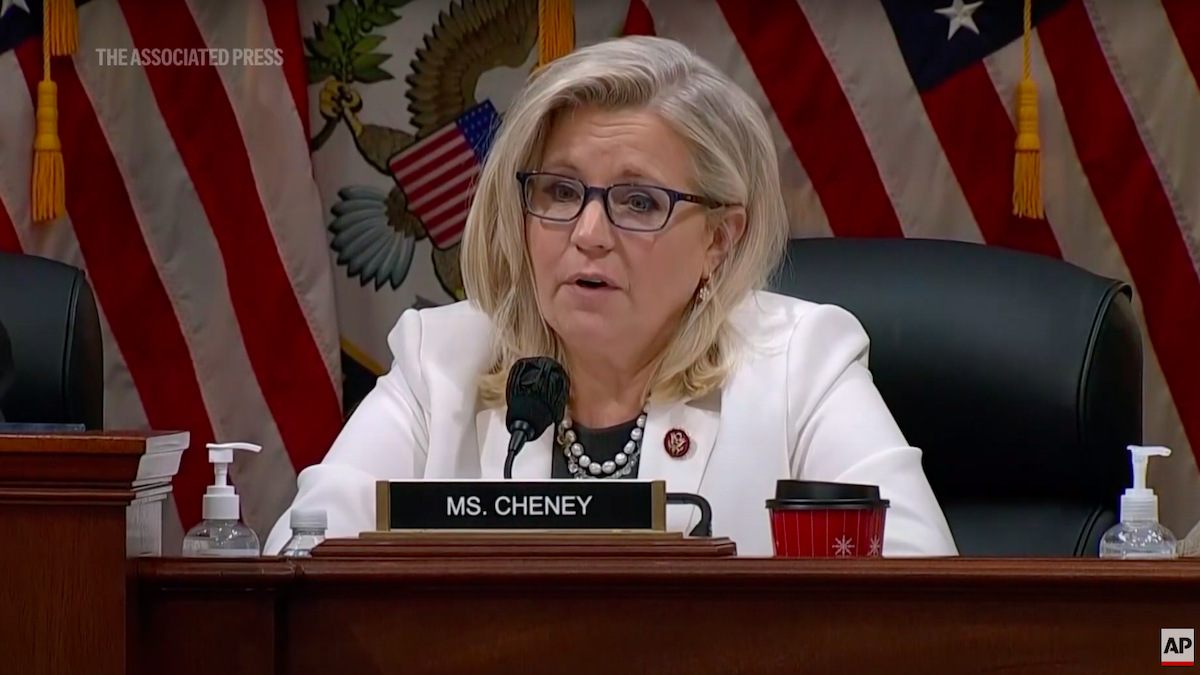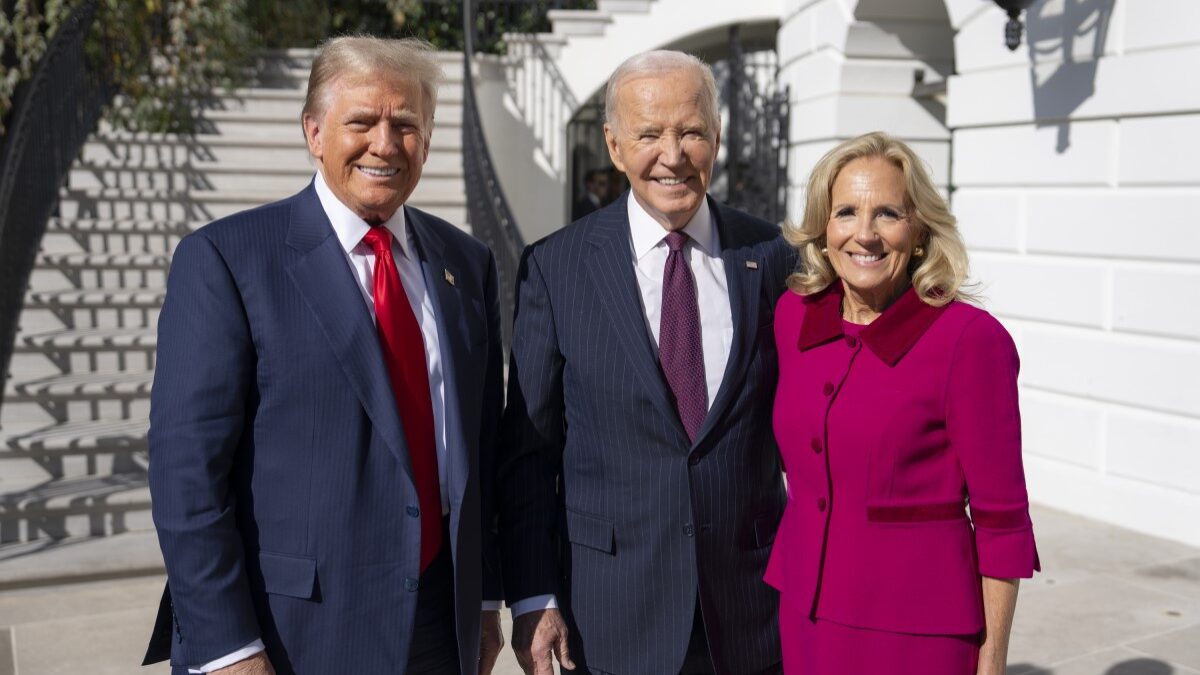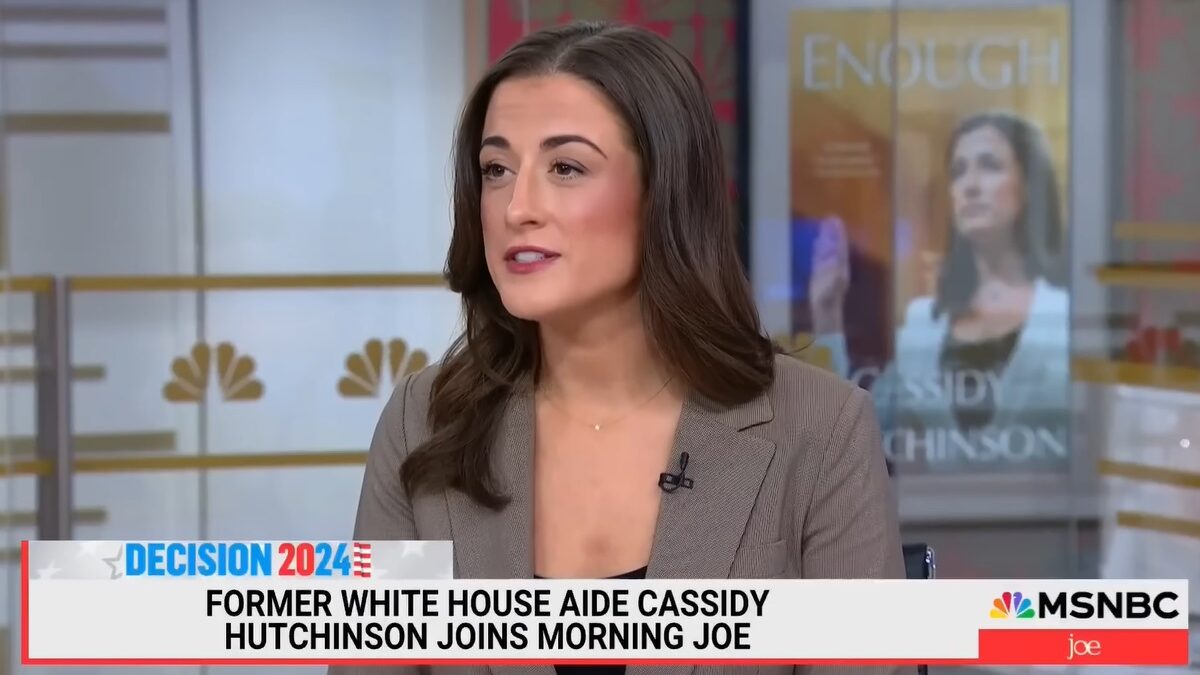The House Select Committee on Jan. 6 ended their show trial hearings Thursday by closing out the final performance with a dramatic subpoena of former President Donald Trump.
Wyoming Rep. Liz Cheney, who overwhelmingly lost her August primary to Trump-endorsed attorney Harriet Hageman, put forward the resolution. She said, “We are obligated to seek answers directly from the man who set this all in motion.”
The timing of the resolution, however, exposes the committee’s request as a performative political tactic. Trump’s subpoena was handed down in the last moments of the final hearing, which was rescheduled to take place on the same day as the final inflation report before the upcoming midterm elections. According to the Department of Labor Thursday, the Consumer Price Index rose faster than expected again, rising 8.2 percent in September and remaining top of mind for voters.
Plans for the committee’s subpoena of Trump leaked to CNN an hour before the resolution was even adopted to gin up media excitement for the nearly three-hour-long hearing.
The Capitol riot, meanwhile, ostensibly the focus of the committee’s investigation despite just a fraction of its resources dedicated to probing security failures, is now 22-month old history while Election Day looms less than four weeks away. The Select Committee to investigate the riot was established in June last year and barred minority representation for the first time in House history. If the committee were truly “obligated” to hear from the former president, a subpoena should have been issued at some point over the last 16 months instead of 25 days from an election.
Thursday’s final hearing offered no more substance to the committee’s pre-determined narrative pinning the riot at the Capitol entirely on Trump. The proceedings were largely a recap of the committee’s prior eight hearings produced for television, where Democrats criminalized objections they made for decades and presented hysterical claims left uncorroborated and even contradicted. At some moments, the committee made up evidence altogether.
In June, former White House aide Cassidy Hutchinson testified that Trump tried to hijack the presidential limousine by violently assaulting a Secret Service agent in an effort to drive himself to the U.S. Capitol. Hours after her appearance, Hutchinson’s “bombshell” testimony, which relied entirely on third-party hearsay, collapsed when her sources went on record to refute her claims. NBC, CBS, and CNN each reported that Hutchinson’s sources were prepared to go under oath to testify that nothing she said ever happened.
Rep. Pete Aguilar, D-Calif., sought to resurrect Hutchinson’s credibility by unveiling testimony from “one former White House employee with national security responsibilities,” which the committee claimed corroborated her story.
“That professional told us they remember hearing in the days after January 6 how angry the president was when he was in the limo that afternoon,” Aguilar said. “That professional also testified that they were specifically informed of the president’s irate behavior in the SUV.”
Testimony that the president was “angry,” however, is not the same as testimony alleging the president “lunge[d]” at his security detail to take over the presidential vehicle.
Aguilar went on to frame Trump’s desire to go to the Capitol as a scandal, despite the president stating plainly during his White House speech his intent to go down Pennsylvania Avenue.
“President Trump was still considering traveling to the Capitol,” Aguilar said, although Trump, who had promptly demanded rioters go home, was clear in his remarks welcoming supporters to “march to the Capitol” and protest “peacefully.”
